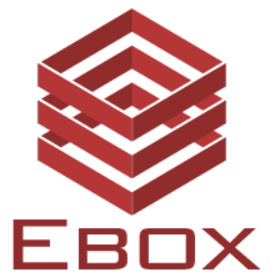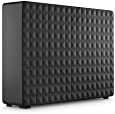 Zap's Digital Lighthouse
Zap's Digital Lighthouse
About
Zap's Digital Lighthouse is
a Blosxom weblog for our digital outpost on the Internet
For info
info@rax.org
Useful links:
Google
Cyberpresse
The Reg
Slashdot
FreeBSD
LinkedIn
Twitter
Boursorama
RAX
zap
Soekris
xkcd
AirFrance
Wiki soekris
Wikipedia
Wiktionary
ACME
blosxom
Categories:
/FreeBSD (27)
/admin (4)
/blosxom (6)
/games (5)
/hardware (17)
/inet (4)
/misc (37)
/notwork (2)
/software (11)
/tech (1)
Archives:
2025 (1)
| January (1)
2024 (3)
| December (3)
2023 (1)
| June (1)
2021 (2)
| January (2)
2020 (2)
| December (1)
| September (1)
2019 (2)
| November (1)
| July (1)
2018 (6)
| December (1)
| November (3)
| January (2)
2017 (4)
| December (2)
| January (2)
2016 (3)
| November (1)
| October (1)
| January (1)
2015 (9)
| December (2)
| November (1)
| October (1)
| June (1)
| May (2)
| February (1)
| January (1)
2014 (9)
| December (1)
| October (1)
| September (1)
| August (3)
| May (2)
| April (1)
2013 (20)
| October (3)
| June (4)
| May (2)
| April (7)
| March (1)
| January (3)
2012 (60)
| December (4)
| October (1)
| July (5)
| June (7)
| May (1)
| April (6)
| March (3)
| February (14)
| January (19)
2011 (3)
| December (1)
| November (2)
2008 (1)
| October (1)
Thu, 31 Dec 2020

So, this is the last day of 2020, and what a year it has been. The COVID-19 global pandemic has certainly been extremely disruptive to most people's daily lives. Many of us found ourselves having to set up semi-permanent home office spaces for teleworking, and the companies that didn't have proper remote work infrastructures found themselves facing significant difficulties.
And that's not even mentioning industries such as restaurants, travel, and hospitality where entire companies have found themselves in dire straights and people have lost their jobs in droves.
Through all of this, I found a new and fascinating job running the IT department at my alma mater, so overall 2020 has been a good and positive year.
From a technical point of view, we're just about to leave our current internet (and TV) provider to adopt ebox. We'll be moving up to a 400 Mbps connection, which is great. Hard to believe that our first permanent internet connection in 1995 was a 0.014 Mbps modem link (a 14.4 kbps modem connection) to Interlinx that connected our little Unix machine to the Internet for real for the first time.
EBox seems like a solid outfit. I'll let you know more in 2021 once I've completed the connection and activated the TV and Internet services.
Cheers to all of you, and here's hoping that 2021 is less quirky than 2020!
/admin | Posted at 16:33 | permanent link
Fri, 25 Sep 2020
Replacing the external backup drive on my home server

A couple of years ago (OK, maybe more like 3 years ago), I bought a Seagate 8TB external USB disk that I added to my server for semi-offline backups. I formatted it with ZFS with neither mirroring, nor RAID, and put in place a script every Sunday night that copied the entire content of the server onto the external drive using 'rsync' in case my server had a catastrophic failure even though the 4 drives are in a RAID5 configuration.
This being said, the 8TB external Seagate drive got corrupted this week, and so I just threw it away and bought a new one.
As a reminder, here's what I did to install it in my server:
1) I disconnected the bad drive
2) I destroyed the datasink zpool
% zpool destroy -f datasink
3) I rebooted and connected the new drive (which ended up as da0), and then:
% gpart create -s gpt da0 % gpart add -t freebsd-zfs -a4k -l seagate8TB da0 % gnop create -S 4k /dev/gpt/seagte8TB % zpool create -f -m none datasink gpt/seagate8TB.nop % zpool export datasink % gnop destroy gpt/seagate8TB.nop % zpool import -d /dev/gpt datasink % zpool status % zfs set mountpoint=/localbackup datasink
and, to check if the drive is setup properly for 4k blocks:
% zdb | grep ashift
it should be set to 12.
I then ran my local backup procedure, and it copied the content of the server onto the external USB drive in about 12 hours.
Crisis averted.
P.S. I probably ought to mention that I take a snapshot of my ZFS partitions every hour and keep (some of) them around for a couple of years. That's a nice feature of ZFS!
/FreeBSD | Posted at 21:35 | permanent link
